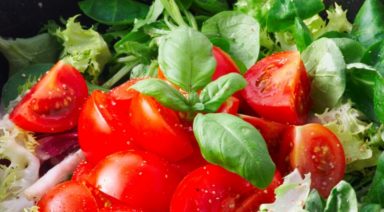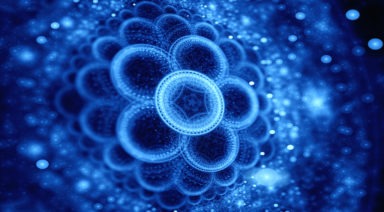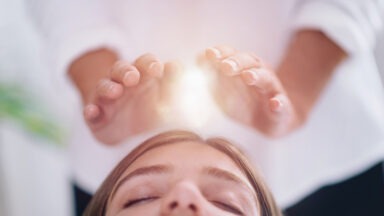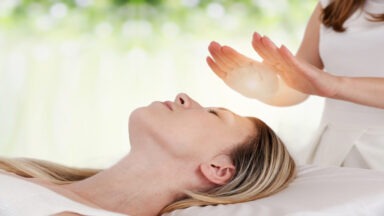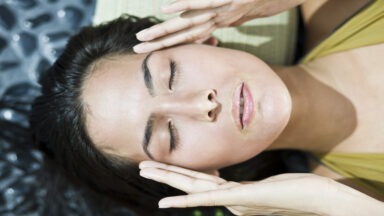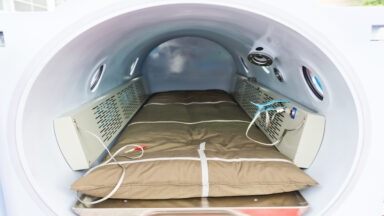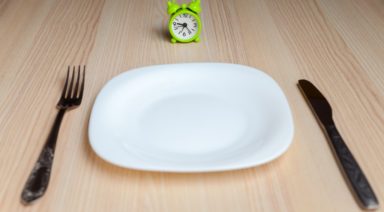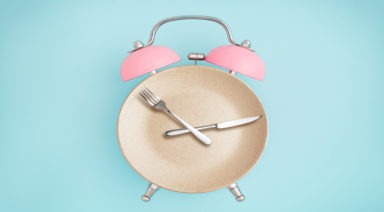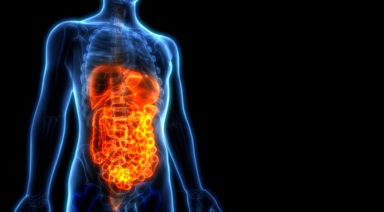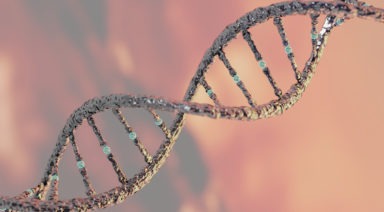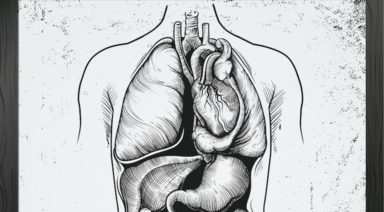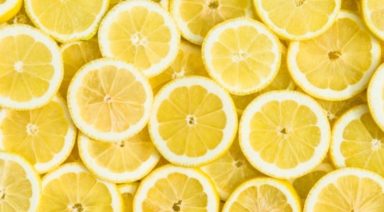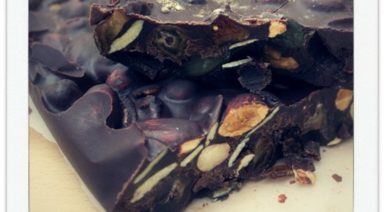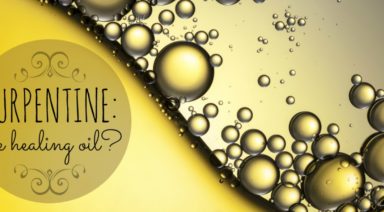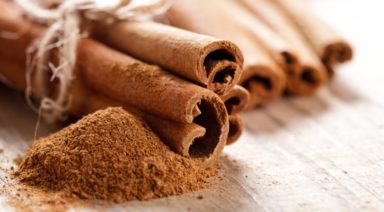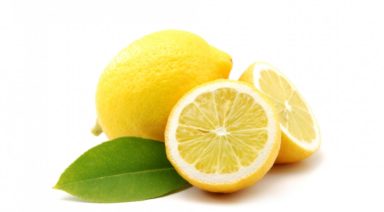What Your Food Cravings Really Mean

Ever had a craving you just can’t shake? Is there only one particular food that can always pull you out of an emotional rut? Have you ever wondered where the phrase “Eat your feelings” even comes from?
Of course you have! You’re only human! Most people accept food cravings as a normal part of everyday life without really ever asking “why?” No two bodies are the same, and therefore no two reasons behind a specific food craving are the same. While some may be rooted in nutritional deficits – others may be a deeper signal from our Spirit echoing throughout our bodies.
Your mind, body, and Spirit communicate through an intricate language, which isn’t always easy to decipher. However, with a little effort, you can translate these signals and create the harmony needed for improved health.
For most, we’ve been taught to “overcome” our bodily cues. For example, when a person has a headache, they’re taught to reach for the Advil bottle rather than lying down and drinking lots of water. However, no matter how much you resent, ignore, or overlook your bodily cues – they’re not going to go away.
When looking at food cravings specifically, emotions are one of the most common causes of overeating. Our cravings tend to manifest themselves when we’re feeling vulnerable. Rather than expressing our emotions, we tend to stuff them down with “comfort foods” that give our bodies a false sense of fulfillment. After a while, your body learns this routine and sends cravings in order to create a short-term boost of chemical components. By deciphering the real meaning of your cravings, you can get insight as to what’s truly gnawing at you from within.
Having some knowledge about what our cravings can mean, may help us to reduce unhealthy habits and poor food choices. The following are the three most commonly craved food flavors, and a starting point for you to decrypt what your mind, body, and Spirit are really trying to tell you.
Craving Sweets
Physical
- Tired or Lack of Energy
- Dehydration
- Blood Sugar imbalances
- Chromium or Magnesium deficiencies
- Fatty Acid deficiency
Emotional
- Sadness
There have been a number of studies that show how sugar can affect the same brain regions as drugs and alcohol. This is because simple carbohydrates, such as sugar, are digested faster than complex carbohydrates and give an immediate energy boost. Chocolate specifically is also metabolized to serotonin, a mood-boosting hormone, so cravings can also be related to an emotional need. However, this momentary mood improvement is generally followed by a serious drop, which spurs people to reach for another sugary snack, and forms an addictive cycle.
Balancers
- Fresh Fruit
- Healthy Cocoa or Dark Chocolate
- Water
- Getting a massage
- Talking with loved ones
- Long walks
- Any activity that makes you feel good
Instead of indulging and grabbing the closest candy bar, choose a piece of fruit when you’re craving sweets. Giving into cookies, cakes, soft drinks or other refined sweets will only make the problem worse, and cause a blood sugar roller coaster that leads to more cravings.
When you’re seeking to balance this, think about whether or not any other experiences could satiate the craving, such as getting a massage or a bath, or sitting in the beauty of nature. Besides healthy cocoa or dark chocolate, reach for a loved one, friend, pet, or any activity that makes you feel good. The important thing is to remember that there is a difference between sweetness that heals and sweetness that temporarily bandages.
Craving Salts
Physical
- Low electrolyte levels
- Dehydration
- Chloride Deficiency
- Iodine deficiency
Emotional
- Stress
When adding those fries on the side seems too good to pass up – it may be time to re-evaluate your daily life. Excess and constant life stress can lead to adrenal exhaustion, and you might be pushing yourself further than your body can handle. Your body craves salt when your stress levels are intensely raised for a prolonged period of time and deplete your adrenal glands ability to create aldosterone, a hormone that helps to retain sodium.
With reduced levels of sodium, your body is unable to absorb a proper amount of water, and can become dehydrated. A hankering for salt may be related to iodine deficiency as well, as it is the body’s way of calling out for natural sea-based minerals.
Salt cravings can indicate that you are trying to “solidify” yourself in your overwhelmed state. Subconsciously, you may be trying to fortify yourself with the hardness and strength of salt’s solid construct, in order to deal with your situation.
Balancers
- Vitamin B rich foods (Nuts, seeds, legumes, whole grains, fruits, and vegetables)
- Water
- Exercise
- Meditation
- Yoga
Rather than fortifying and enforcing the walls around you, find strength in trust and flexibility. The hardness you wish to develop through salts only creates resistance, not healing. Instead of devouring an entire bag of potato chips – try distressing in more healthy and productive ways. Eat foods rich in vitamin B such as oats or wild salmon to increase adrenal support. While exercise is a sure-fire way to balance your body and expel negative stress from the body, meditation, and mindful relaxation are also great mood balancers, as well.
Craving Fats
Physical
- Calcium Deficiency
- Fatty Acid Deficiency
Emotional
- Hurt
- Loss
- Depleted Self-Worth
While all foods in moderation are quite normal – if you find yourself constantly over-indulging in fatty foods, you know your body is out of balance. Cravings for things like peanut butter, oils, or fried foods often relate to a calcium deficiency, as saturated fats are necessary to help maintain calcium in the body and build bone density. However, the wrong fatty foods can leave you feeling bloated – perpetuating your body’s desire to sink into lethargy and despair.
On a spiritual level, you may be craving fatty foods because you have yet to accept your own importance, and feel the need to keep the full reality of your power squashed down by physical discomfort. In this instance, your cravings are probably coming from a wounded ego, looking to perpetuate old hurts and a reduced sense of self-worth.
Balancers
- Omega 3’s (EPA and DHA) – Flax oil, ground flaxseeds, chia seeds, walnuts
- Sesame seeds
- Broccoli
- Kale
- Legumes
- Mustard
Accepting our own authenticity and importance frees our power and allows us to go against social norms that cultivate insecurity. Through articulating our experience and understanding ourselves better, it’s possible to see how beautiful we really are, and how much we have to give the world. This releases restrictions on our sense of personal power, and allows a stronger mind to take back control. Consider practicing core exercises to cultivate your third chakra, which is the center of your self-esteem and willpower.
Baking Soda and Apple Cider Vinegar: Why You'll Never Go Back to Shampoo

Surprise, surprise. Your commercial shampoo may have ingredients that could have serious repercussions on your health.
There’s a reason that hair care professionals suggest washing your hair only once or twice a week.
Flip over your bottle of shampoo. One of the main ingredients in shampoo is Sodium Lauryl Sulfate, known as SLS. Is it on the back of the label? It’s likely there because it is a detergent, degreaser and foaming agent. It’s in more than your shampoo, however; it might be in your dishwasher detergent, toothpaste, bubble bath and other foaming home products. Also check your car wash soap, garage floor cleaners, and car engine degreasers.
SLS isn’t something you want hanging around your sensitive body. Skin irritation, hormone disruption, eye irritation, and eye deformities are all known results of SLS toxicity. If that’s not enough, it’s even possibly carcinogenic when paired with some of the other typical ingredients in shampoo.
Even if you dismiss the SLS risks as nothing to be concerned about, here’s another issue you’re your shampoo. As I said, SLS is a detergent and degreaser. This means it strips your scalp of the natural oils in it. “Good!” you might declare. “I don’t want oily hair!” Not so fast: those oils are actually healthy and there for a reason. When they get stripped, your scalp dries out along with your hair. That’s where conditioner comes in, to replenish and restore the damage. However, the natural way is nearly always better, and sadly, conditioner does not stay on your hair in the same way that your natural oil would.
Thus begins a vicious cycle. Once your scalp contains less oil, it senses the need for more oils to be produced. That’s why you may notice an oily scalp after just a few days of not washing it. Your scalp is going into overdrive, overcompensating for these necessary oils.
A breakdown of what you’re probably doing right now: wash your hair, strip the oils, put fake oils to reduce the damage, your scalp gets super oily the next day as a result, so you wash it again.
What can we do to break the cycle?
You can definitely switch over to SLS-free, toxin-free shampoo, but you might notice this is a little pricey. Thankfully, there’s a cheaper solution! Grab baking soda and apple cider vinegar on your way home, as well as the little travel-size squeeze bottles found in the dollar section.
Baking Soda “Shampooing”
Baking soda is a gentle alkaline compound effective for cleansing and removing build up from your hair. The typical formula is 1 tablespoon of baking soda for every cup of water, though you might want to play with it according your hair density and texture. Fine, thin or short hair may require less.
A good method is to use an 8 oz travel size squeeze bottle. Fill it up with the water and baking soda mixed together. Shake it up to dissolve the baking soda.
In the shower, squeeze the water/baking soda mix onto your head, starting with the crown and then all over the scalp. Thoroughly work it through with my hands, scrubbing the scalp and rubbing the hair.
You may notice a remarkable difference in this experience: no lather or foam. This doesn’t mean it isn’t working, however! It is, in fact, cleaning your hair in a much gentler, more natural way.
Leave it on for a minute or two and then rise as normal.
Apple Cider Vinegar Rinse
We’ve raved about apple cider vinegar before. It’s an amazingly multi-functional, mild acidic that is useful for detangling and clarifying, balancing the pH level of your hair, and sealing the hair cuticle. Use 1-2 tablespoons of apple cider vinegar to every cup of water. For dry hair, use closer to 2 tablespoons. For oilier hair, use 1 tablespoon or less. Again, you may want to play with it to see what works best for you.
Put the required amount of ACV as well as a cup or a cup and a half of water into a reused apple cider vinegar bottle. Shake it up thoroughly.
In the shower, starting at the crown of the head, pour just a little on top. Then, pour again while scrunching up the hair at the base of the neck and concentrate most of solution towards the bottom and ends of your hair.
Wait a minute or two and then rinse it out.
Important Note:
Your hair will probably go through a transition phase lasting anywhere from 2 to 8 weeks in order for all of the chemicals to wash out, as well as restoration for proper scalp oil balance. In the transition period, your hair may be a little flatter, duller, or greasier as your scalp finds its balance. Sticking it out for the 2 to 8 weeks will be entirely worth it, however, as many testify that it’s their best hair they’ve ever had.
You also may have to play your solutions for some time to get the right balance for your specific hair situation. If your hair is too dry, use less baking soda or try rinsing with honey instead of vinegar. If your hair is too oily, use less vinegar, or try rinsing with lemon juice, or try not using a rinse at all.




